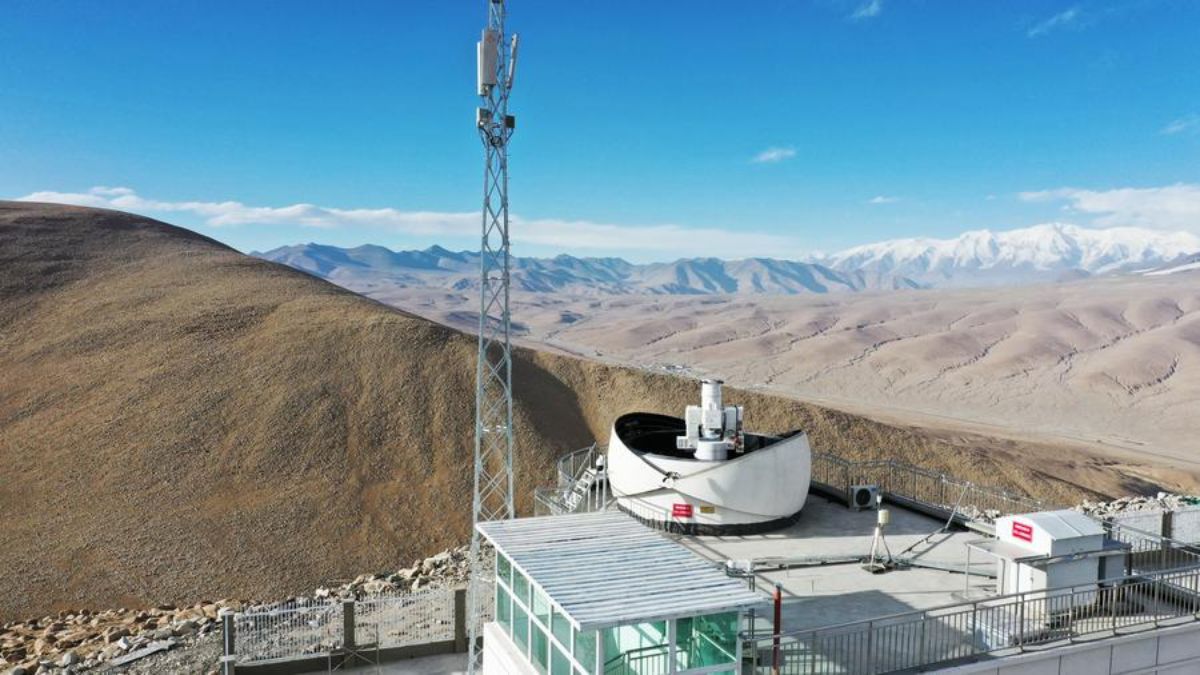 Image Credit: Xinhua News Agency
Image Credit: Xinhua News Agency
On September 15, 2024, a significant advancement in satellite data transmission was marked with the deployment of a sophisticated laser communication ground system equipped with a 500mm-caliber antenna on the Pamir Plateau in northwest China’s Xinjiang Uygur Autonomous Region. This system, developed by the Aerospace Information Research Institute (AIR) of the Chinese Academy of Sciences, is anticipated to substantially enhance China’s capability for handling extensive satellite data transfers.
The newly installed system represents a departure from the reliance on traditional microwave ground stations for satellite data reception, offering a much-needed solution to the growing challenge of managing the vast volumes of data generated by China’s advancing aerospace technology. According to Li Yalin, a senior engineer at AIR, the traditional methods could not keep pace with the exponential data growth, which has hampered the efficient use of space resources.
Laser communication technology boasts a significantly larger bandwidth compared to microwave communications, ranging from ten to nearly a thousand times broader. This not only supports more efficient data transmission but also reduces system size, weight, and power consumption. Despite these benefits, challenges such as weather conditions and atmospheric turbulence can impact performance. However, the Pamir Plateau, with its favourable atmospheric conditions—high visibility and minimal rainfall—has been selected to mitigate these issues.
The facilities were set up at elevations of 4,800 and 3,300 metres above sea level and will be operated remotely. The project team, having traversed approximately 300,000 kilometres to find the optimal site, recently completed a successful operational trial of daytime space-to-ground laser communications. Huang Peng, a researcher with AIR, noted that the station’s ongoing operation will provide crucial insights for future satellite data transmission systems. AIR is also exploring the feasibility of a network of laser communication ground stations to address adverse weather conditions and enhance reliability.
